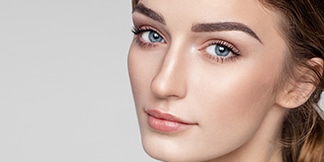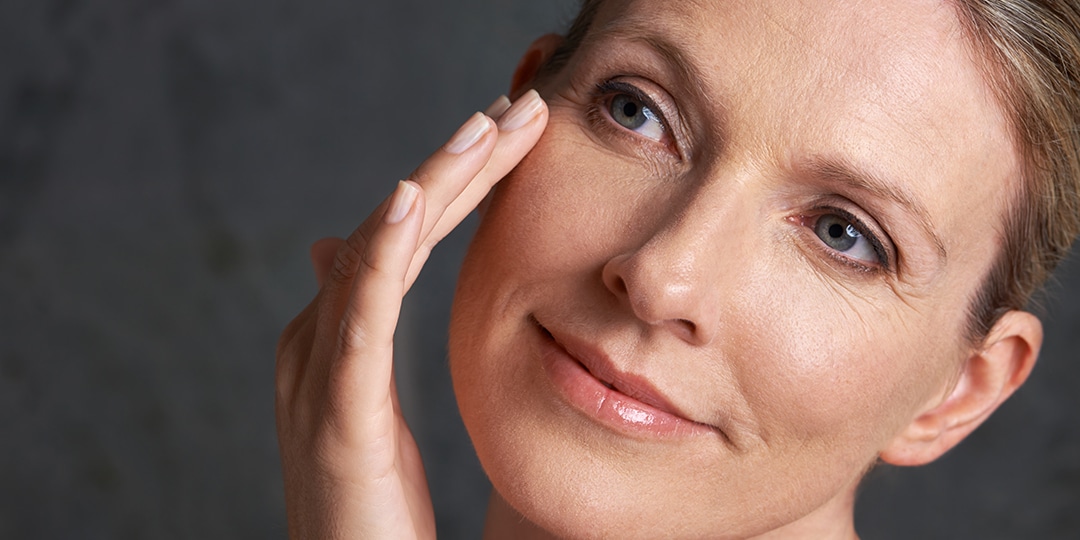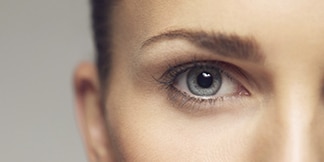Dermal Fillers in Princeton, NJ
Restore volume and soften your appearance quickly and with minimal downtime. Renowned Princeton facial plastic surgeon Dr. Eugenie Brunner is here to help you enhance your natural beauty and smooth away wrinkles with dermal fillers.
Look more refreshed, younger, and less tired
Our dermal filler treatments can:
- Restore volume in cheeks and hollow areas
- Smooth smile lines and facial wrinkles
- Enhance lip fullness and definition
- Reduce under-eye hollows and dark circles
- Improve facial contours and symmetry
- Minimize marionette lines and jowling
- Create natural-looking results with minimal downtime
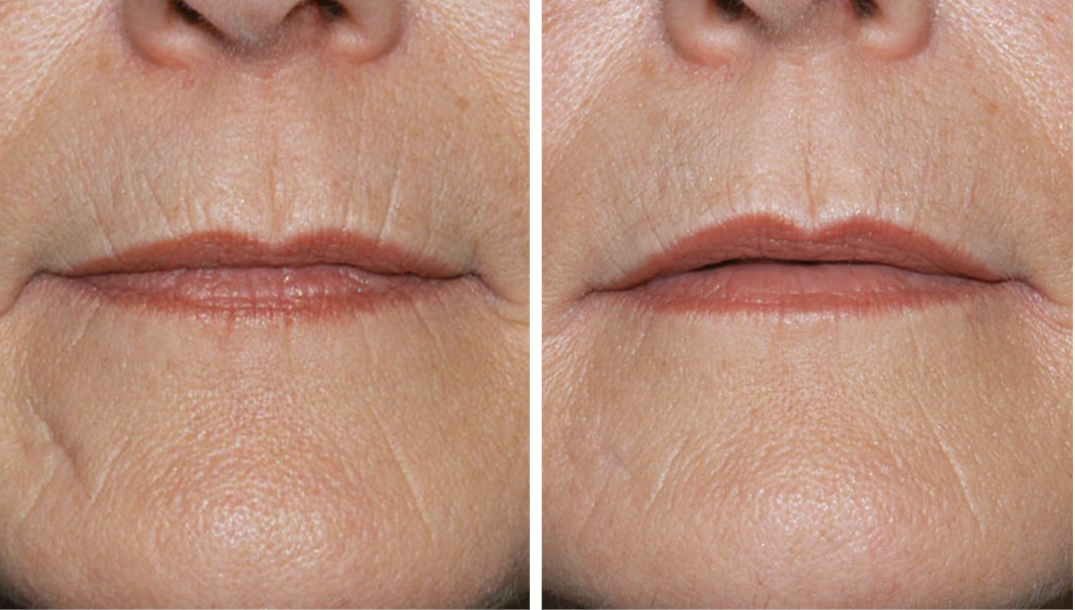
Restore Your Youthful Contours with Dermal Fillers
Restylane Portfolio of Fillers ®
Can correct fine lines, smooth moderate to severe facial
wrinkles and folds, and correct volume loss while maintaining a natural feel.
Sculptra®
JUVÉDERM® Portfolio of Fillers
Restore volume and reduce highly visible facial wrinkles, especially around the mouth, nose, and forehead. This collection of fillers also enhances the midfacial area by softening contours for a more youthful appearance.
RHA fillers
Enjoy a long-lasting lip enhancement with smoother fine lines and restore volume with this family of fillers that are safe for all skin types.
Radiesse®
Contour your cheeks and jawline, plump up your skin, and encourage collagen production with this powerful biostimulator.
Dermal fillers before and after pictures

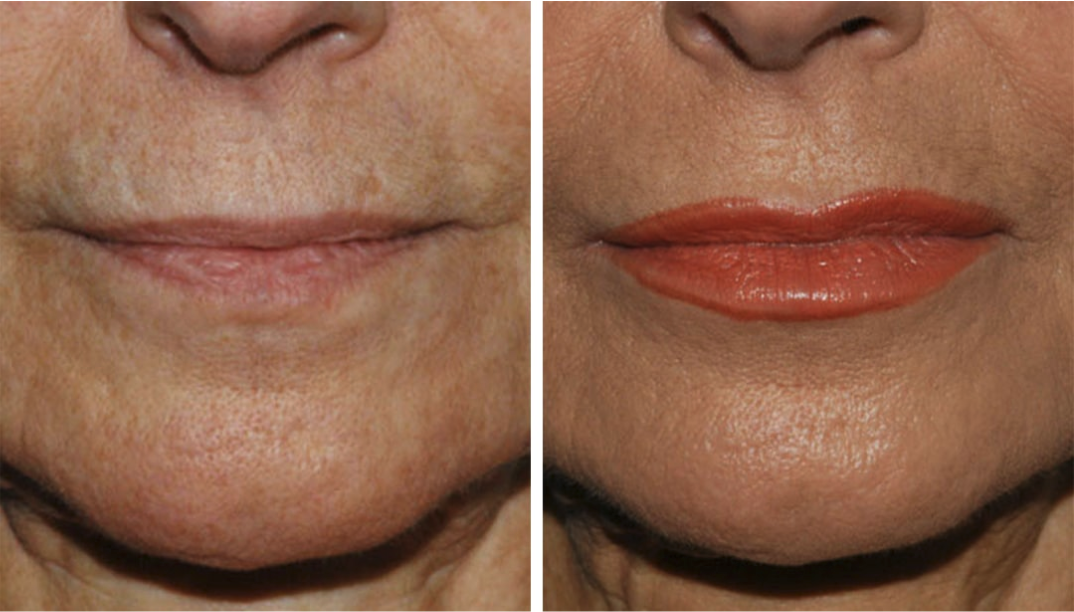
Why Choose Dr. Eugenie Brunner for Dermal Fillers?
Expert Injector
Dr. Brunner’s 25+ years of experience with thousands of injectable treatments mean you are in the most capable hands in the field.
Artistic Vision
Her unique background as an artist allows Dr. Brunner to envision the most natural-looking results and target your injections for the most aesthetically pleasing outcomes.
Personal Touch
Your injections will be performed by Dr. Brunner herself and never delegated to other practitioners.
Options for Every Cosmetic Need
Access multiple filler alternatives to address several cosmetic concerns in a single location.
Award-Winning Care
As New Jersey’s #1 facial plastic surgery and laser center, Dr. Brunner’s office is your best choice for dermal filler treatment.
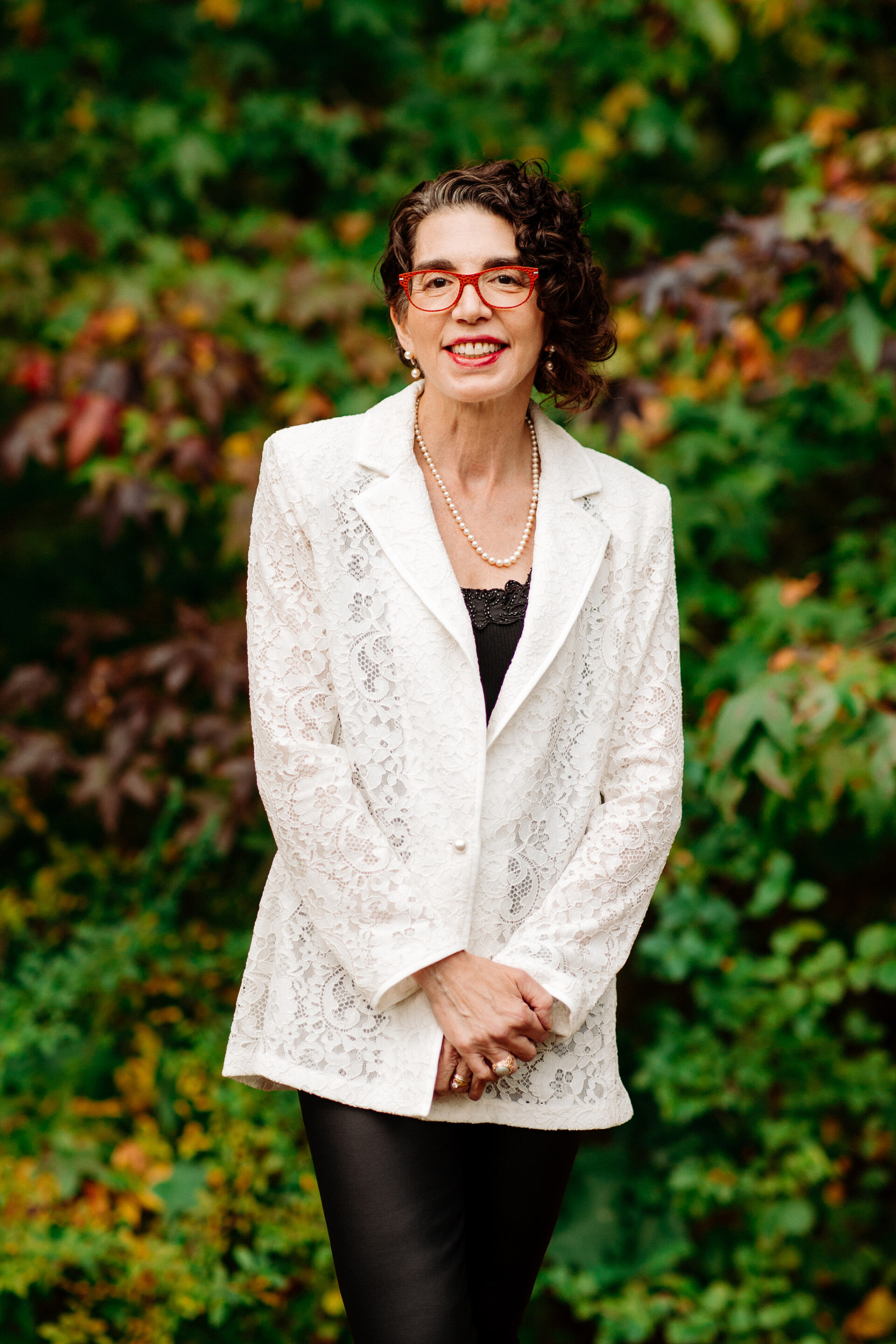
FAQs
How long do dermal fillers last?
Results vary by product and area treated, typically lasting 6-24 months. Hyaluronic acid fillers generally last 6-12 months, while Sculptra and VOLUMA can last up to 2 years.
Is the treatment painful?
We prioritize your comfort with multiple pain management options, including topical numbing cream, local anesthetic, and advanced injection techniques. Most patients report minimal discomfort during treatment.
When will I see the results?
Most fillers provide immediate improvement, with optimal results visible within 1-2 weeks as any swelling subsides. Sculptra works gradually over several months.
What's the recovery time?
Most patients return to normal activities immediately. Mild swelling or bruising may occur, but it typically resolves within a few days.
Are dermal fillers safe?
Yes, all our fillers are FDA-approved and have extensive safety records. Dr. Brunner’s expertise ensures proper placement and natural-looking results.
Can fillers be combined with other treatments?
Absolutely. We often combine different types of fillers or add complementary treatments like BOTOX® for comprehensive rejuvenation.
What if I don't like the results?
Hyaluronic acid fillers can be dissolved if needed, though this is rarely necessary due to our careful approach and natural-looking results.
How do I prepare for treatment?
We’ll provide detailed pre-treatment instructions, including avoiding blood thinners and certain supplements to minimize bruising risk.
Will I look overdone?
Dr. Brunner’s artistic approach focuses on a natural-looking enhancement that respects your facial anatomy and features. You’ll look refreshed, not “done.”
Next, Read About…
Fraxel Re:Pair
The Fraxel Re:pair laser is a non-surgical enhancement that is the premier fractional ablative CO2 laser designed for treatment of wrinkles, sun damaged skin, texture irregularities, acne scarring, brown spots due to sun exposure and aging, and generalized redness.
Dermal Fillers and Injectables
Dermal fillers and cosmetic injectables offer a way to soften the appearance of a wide range of concerns with typically quick results and minimal downtime.
Blepharoplasty
An eyelid lift or blepharoplasty can correct these issues and remove the puffiness and bags under the eyes that make you look worn and tired.

